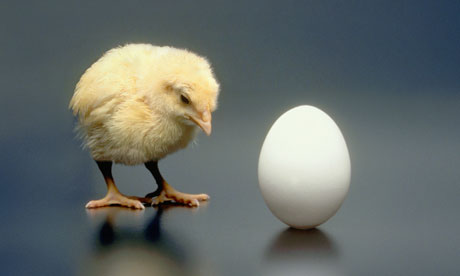
Researchers poring over Google Earth images have discovered one of Earth’s freshest impact craters — a 45-meter-wide pock in southwestern Egypt that probably was excavated by a fast-moving iron meteorite no more than a few thousand years ago.
sciencenewsAlthough the crater was first noticed in autumn 2008, researchers have since spotted the blemish on satellite images taken as far back as 1972, says Luigi Folco, a cosmochemist at the University of Siena in Italy. He and his colleagues report their find online July 22 in Science.
The rim of the Egyptian crater stands about 3 meters above the surrounding plain, which is partially covered with distinct swaths of light-colored material blasted from the crater by the impact. These rays, which emanate from the impact site like spokes from the hub of a wheel, are what drew researchers’ attention to the crater, says Folco. While such “rayed craters” are common on the moon and other airless bodies of the solar system, they are exceedingly rare on Earth because erosion and other geological processes quickly erase such evidence.
Read mor at Wired







